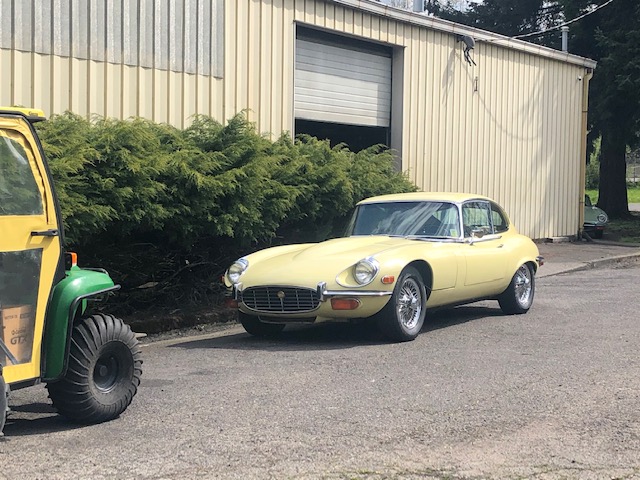
It’s like Christmas morning when a new car arrives at SCM.
We get the call from the driver a few hours in advance.
I start watching N.E. Sandy Boulevard from the conference room windows of SCM World Headquarters in Portland, Oregon.
Soon enough, the truck comes into view, and the intricate choreography of unloading begins.
Perhaps the most satisfying moment is when the car is on the ground, I get in, start it and pull it into our underground garage. My new baby is home.
For 20 years, that was the drill.
But no longer.
I am foregoing the thrill of watching the delivery.
I now have my cars sent directly to the shop that will be servicing them.
I have found that rather than take the cars out on my own, and beginning the familiar cycle of drive, break, tow back to shop, drive, break, and so on, I’m better off just having the specialists go over the car from stem to stern when it arrives.
Despite the best intentions of previous owners, their cars have invariably degraded under their ownership — especially if they haven’t been used on extended drives on a regular basis.
It’s much safer to have a technician examine a car from stem-to-stern, changing fluids and tuning and repairing as necessary before the car goes back on the road. It also gives the tech a chance to come up with a list of things, prioritized, that can be accomplished before the car goes into regular service.
For me, the guiding maxim of old car ownership is “value in use.” Further, I want the “use” experience to be a satisfying one, within the technological limitations of the vehicles.
This is also a good time to check the date codes on your tires, and if necessary, order new ones and have them installed before you pick the car up. It’s just one more thing to get out of the way.
For instance, the 1965 Volvo 122S “needed nothing” when it arrived. It was a solid car. Nonetheless the entire front end needed to be rebuilt, and new slightly shorter springs installed (to go with the already in place IPD sway bars) before I was able to enjoy the handling of the car. It was just too loosey-goosey before I did those things.
I also found out that the stock seats on the 122S don’t recline; the remedy for this is to install a set of recliners from the 123 GT. I found a set for under $1,000 and had Cameron Lovre’s Swedish Relics install them. They transformed the car.
Cameron also had to rebuild/replace the automatic transmission shift lever and assembly. The car would get stuck in park, and it required holding your nose and wiggling your ears at the same time to free it up.
The previous owner said he had never had any problems with it. I assume that is because in the 20 years he had the car, the shifter slowly wore out, and he adapted to the change without thinking about it.
After I had the work done, my first test drive in the car was a dream. It handled well enough, was comfortable with reclining seats and the shift lever didn’t throw a tantrum and freeze the car in place — and block the driveway to my condo’s garage. I’d rather find a different way to meet my neighbors.
We have fewer and fewer opportunities to exercise our cars these days, and this will continue when the virus has passed.
I want to spend my time with my cars driving and enjoying them, not waiting for a flatbed to pick them up by the side of the road and an Uber to take me home.
So my advice to you when you buy a car long-distance is that you ship it directly to the shop you use. Many drivers find that using a trusted service like California Car Shipping makes the entire process easier and more reliable.
Have them do a thorough inspection. Spend what it takes, right now, for everything that the car needs to be safe and feel good. It worked for me and the 122. Now the V12 Jaguar coupe is undergoing the same process at Ed and Barb Grayson’s Consolidated Auto Works. As much as I want to drive the car, they told me to just wait until they are done with it.
A bonus to having this major service upon delivery is that, given how few miles we drive our cars, the chances are it will be years until you have to revisit any of these items again.
When your car arrives, let the experts get it road ready, and then take it out and start enjoying it. Achieve “value in use” by being on the road.
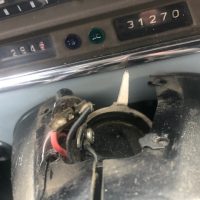
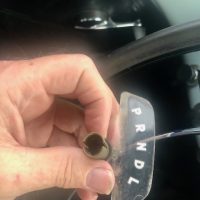
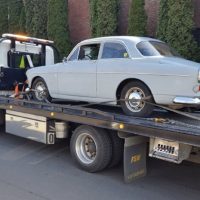
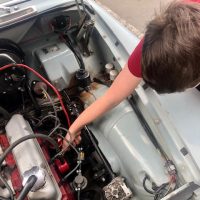
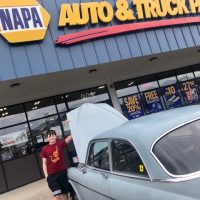
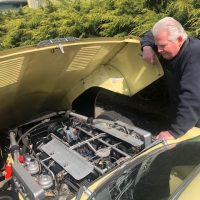
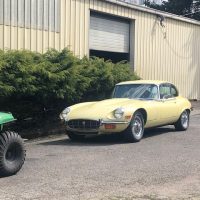
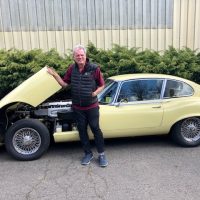
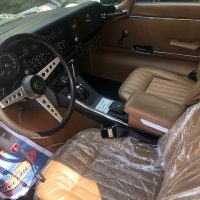
Seems you’ve wised up with your maturity on the correct way to receive a new collector car. Bravo and congratulations on the new cat.
This makes all sorts of good sence. Make the car right and enjoy! If the car has good bones, why not do all the maintenance at once and be done with it. It might also save money by not duplicating labour!
I see that you have installed the instant fire starter in your Volvo. What a good idea to put a glass fuel filter that can crack or a plastic filter that can leak. No car ever leaves our shop without a large metal fuel filter that cannot be easily clogged. What is the big red wire that crosses the engine compartment.
I did that with a Volvo eBay purchase one time. Best thing is to have them drive it a few hundred miles afterwards. I had a client who said “I don’t want to be the last link in quality control.”. On cars I have a major go over done. On motorcycles , I’m still good. Easier to push back any way!
My ritual with each new (to me) car, either daily driver or collector, is to replace all consumables- fluids, filters, belts, hoses, tires, brake pads, even wiper blades. With this done, a world of worries can be avoided, and you usually spot and real problems in the process.
No need to change the oil. Just changed it. Has less than 20 miles on Castrol 20W-50, and Crossland filter.
So excited you got the V-12 E-Type automatic in lieu of the other (lesser) candidates for the SCM 1000 Tour! And, having lived in Portland, OR, with an E-Type since the mid 80s, I have come to know Consolidated Auto and Ed and Barbara Grayson very well. They and their shop are the best there is. Motor on!
BTW, I’m sorry to see that the tour has been postponed for a year. Such a sad occurrence, but it will allow you to drive your feline beast on the wonderful scenic local roads in the Portland area for a year to get ‘er dialed in!